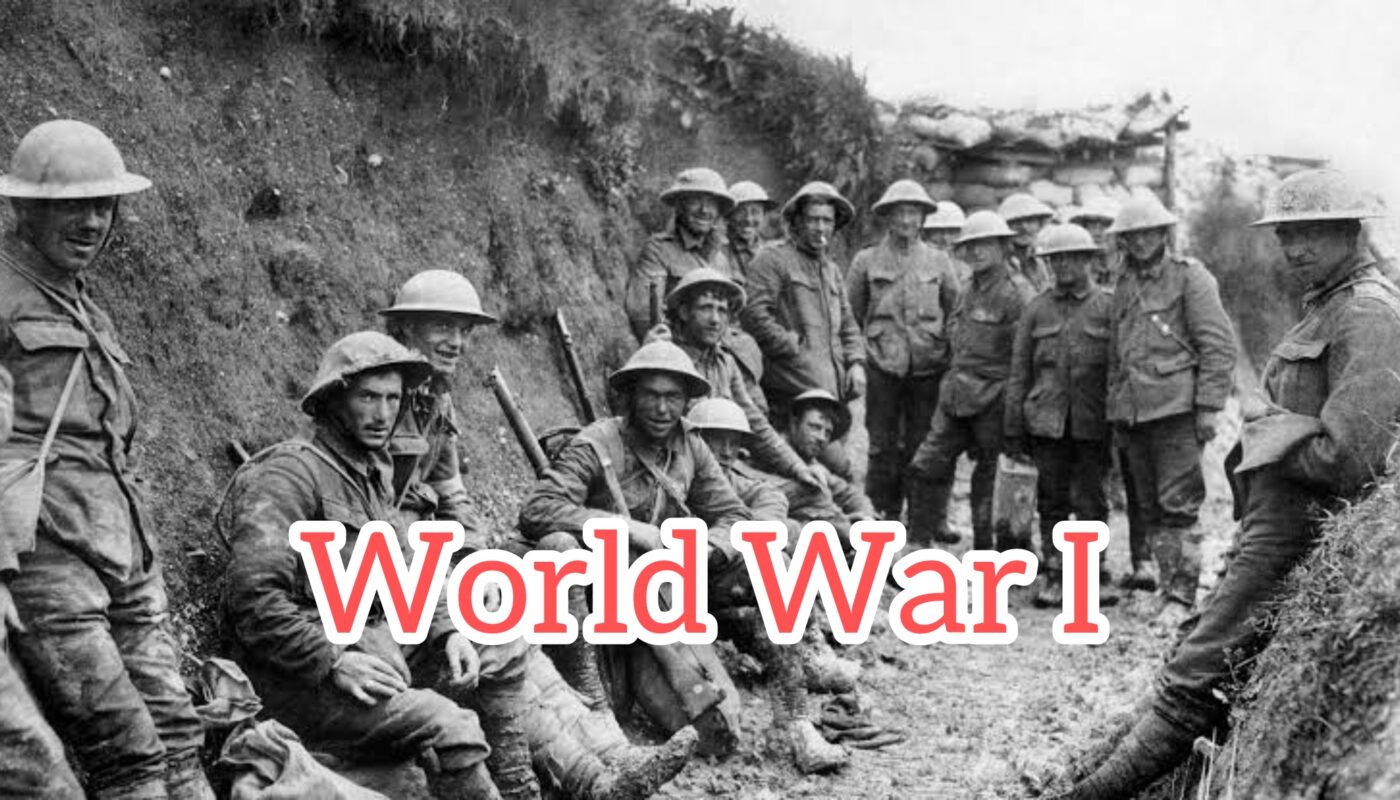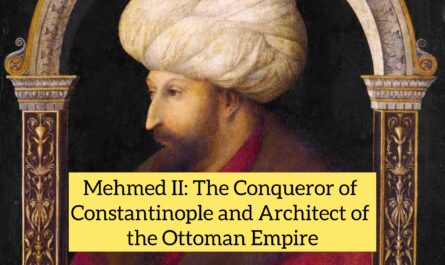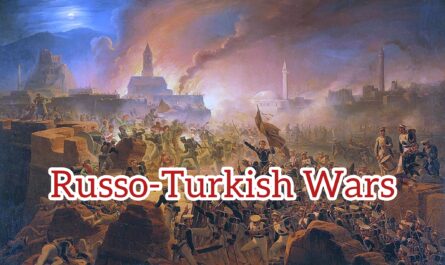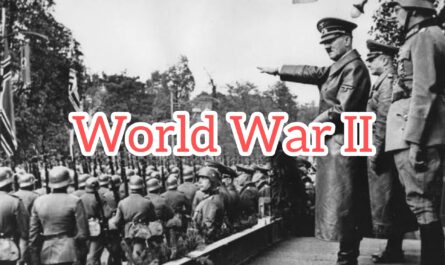Introduction
World War I (WWI), also known as the Great War, was one of the deadliest and most transformative conflicts in human history. Fought primarily between 1914 and 1918, it involved many of the world’s great powers and marked a profound shift in warfare, geopolitics, and society. With over 16 million deaths and 20 million wounded, the war reshaped borders, led to the downfall of empires, and sowed the seeds for World War II.
Background and Causes
Long-Term Causes
-
Militarism: European nations engaged in an arms race, building powerful militaries and glorifying war as a means of resolving disputes.
-
Alliances: Two main alliances had formed:
-
Triple Entente: France, Russia, and the United Kingdom.
-
Triple Alliance: Germany, Austria-Hungary, and Italy (though Italy later switched sides).
-
-
Imperialism: Competition for overseas colonies fueled tension, particularly between Britain, France, and Germany.
-
Nationalism: Ethnic groups across Europe, especially in the Balkans, pushed for independence, while great powers used nationalism to justify expansion and militarism.
Immediate Cause
The immediate trigger was the assassination of Archduke Franz Ferdinand of Austria-Hungary in Sarajevo on June 28, 1914, by Gavrilo Princip, a Bosnian Serb nationalist.
Outbreak of War
Austria-Hungary, with German support, declared war on Serbia. Russia mobilized to defend Serbia. Germany declared war on Russia and France, and invaded Belgium, prompting Britain to declare war on Germany.
By August 1914, much of Europe was at war.
Major Participants
Allied Powers (Entente)
-
France
-
Russia (until 1917)
-
United Kingdom
-
Italy (joined 1915)
-
United States (joined 1917)
-
Serbia, Belgium, Japan, and others
Central Powers
-
Germany
-
Austria-Hungary
-
Ottoman Empire
-
Bulgaria
Major Fronts and Battles
Western Front
-
Characterized by trench warfare, with long stalemates and devastating battles:
-
Battle of the Marne (1914): Halted the German advance into France.
-
Battle of Verdun (1916) and Battle of the Somme (1916): Symbolized the horrors of attrition warfare, each with over a million casualties.
-
Eastern Front
-
More fluid than the Western Front.
-
Germany and Austria-Hungary faced Russia, which suffered severe defeats.
-
The Russian Revolution (1917) led to the Treaty of Brest-Litovsk (1918), ending Russia’s participation.
-
Other Fronts
-
Italian Front: Italy fought Austria-Hungary in the Alps.
-
Middle Eastern Front: British forces fought the Ottomans, with help from Arab revolts.
-
African and Asian theatres: Colonial powers fought over territories and used colonial troops.
Technological Innovations
WWI introduced modern industrial warfare with:
-
Machine guns, tanks, airplanes, submarines (U-boats).
-
Chemical weapons like chlorine and mustard gas.
-
Total war mobilized entire populations and economies for military purposes.
The United States Enters the War (1917)
Initially neutral, the U.S. entered the war in April 1917, driven by:
-
Unrestricted submarine warfare by Germany (e.g., sinking of the Lusitania).
-
Zimmermann Telegram, in which Germany encouraged Mexico to attack the U.S.
-
Shared cultural and political ties with Britain and France.
American troops and supplies tipped the balance in favor of the Allies.
End of the War
Collapse of Central Powers
-
Austria-Hungary and the Ottoman Empire disintegrated due to military defeats and internal revolts.
-
Germany faced revolution at home; the Kaiser abdicated on November 9, 1918.
-
Armistice signed on November 11, 1918, ending fighting on the Western Front.
Aftermath and Consequences
Treaty of Versailles (1919)
-
Imposed harsh penalties on Germany:
-
Loss of territory (e.g., Alsace-Lorraine to France, colonies abroad).
-
Military restrictions.
-
War guilt clause and reparations.
-
Redrawing the Map
-
The Austro-Hungarian, Ottoman, Russian, and German Empires were dismantled.
-
New nations emerged: Poland, Czechoslovakia, Yugoslavia, Finland, Estonia, Latvia, Lithuania.
-
The League of Nations was established to prevent future wars, though it proved ineffective.
Social and Economic Effects
-
Casualties: Over 16 million dead (military and civilian) and 20 million wounded.
-
Economic devastation in Europe.
-
Societal trauma and the “Lost Generation.”
-
Women took on new roles during the war, laying groundwork for expanded rights, including suffrage in some countries.
-
Colonial subjects demanded more rights and recognition for their war contributions.
Legacy
Political Repercussions
-
The war discredited monarchies and elites.
-
Triggered revolutions, especially in Russia, leading to the rise of the Soviet Union.
-
Set the stage for the rise of fascism in Italy and Nazism in Germany due to resentment over the Treaty of Versailles.
Path to World War II
-
The unresolved issues and punitive terms of the Treaty of Versailles created fertile ground for World War II just two decades later.
Conclusion
World War I was more than just a military conflict—it was a cataclysm that reshaped the political, social, and economic landscape of the 20th century. It marked the end of old empires and the dawn of new ideologies. Its legacy, from trench warfare and chemical weapons to the redrawn maps of Europe and the Middle East, still echoes in world affairs today.



